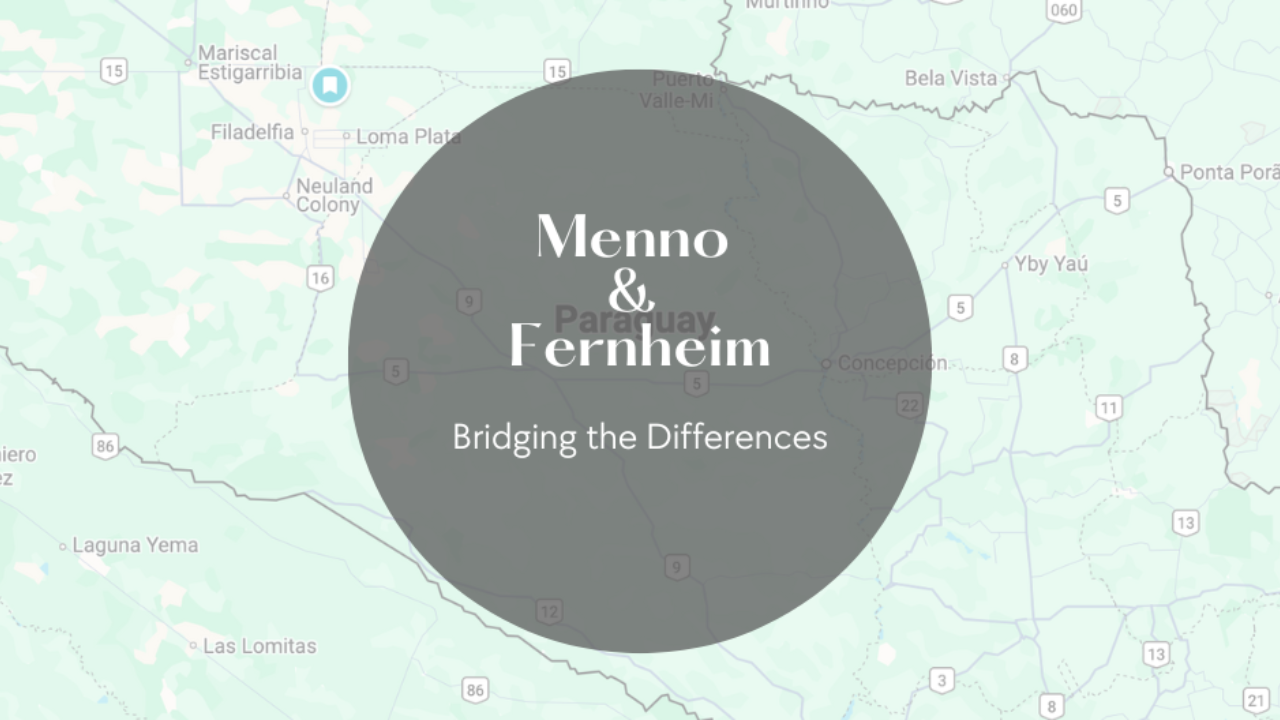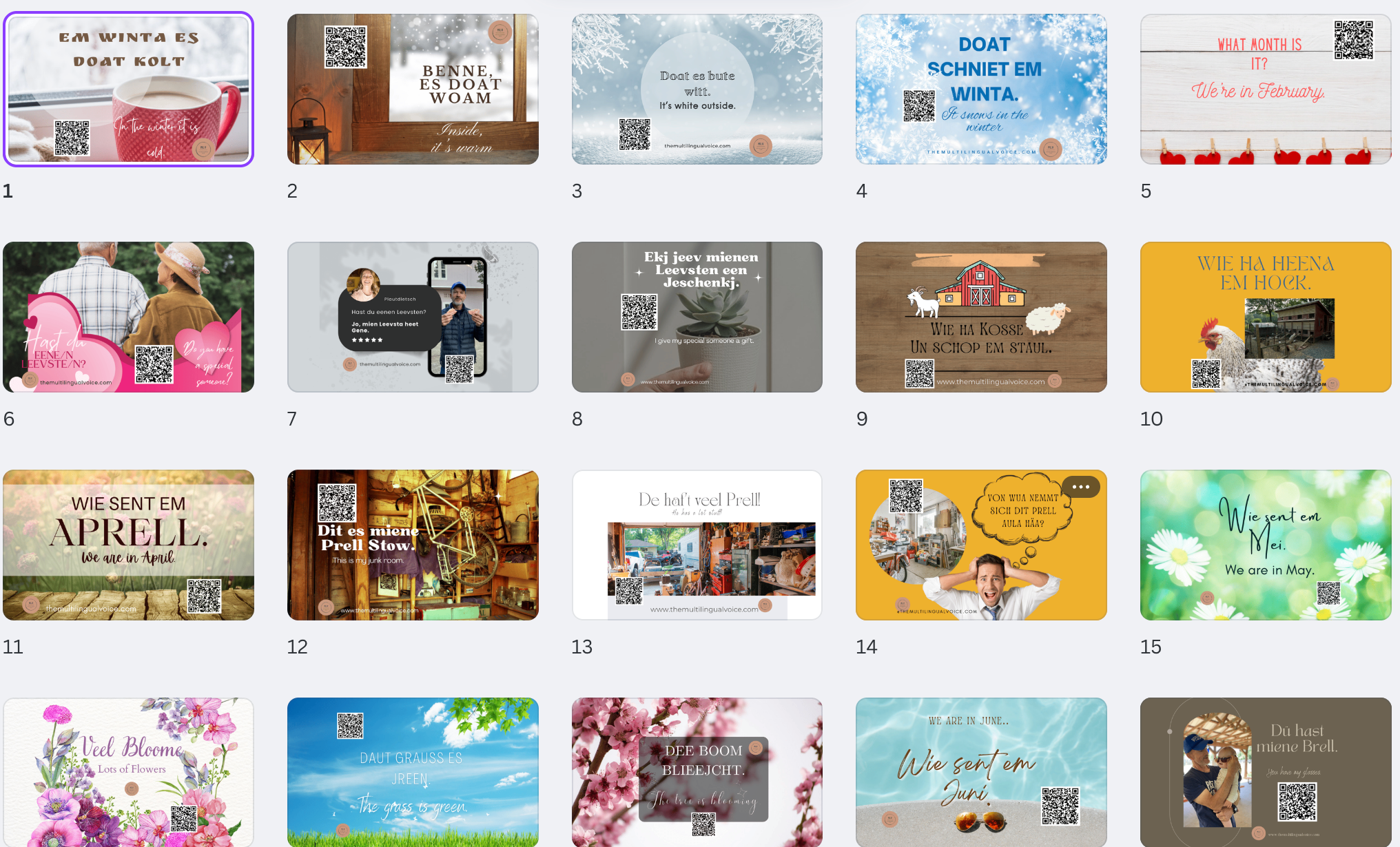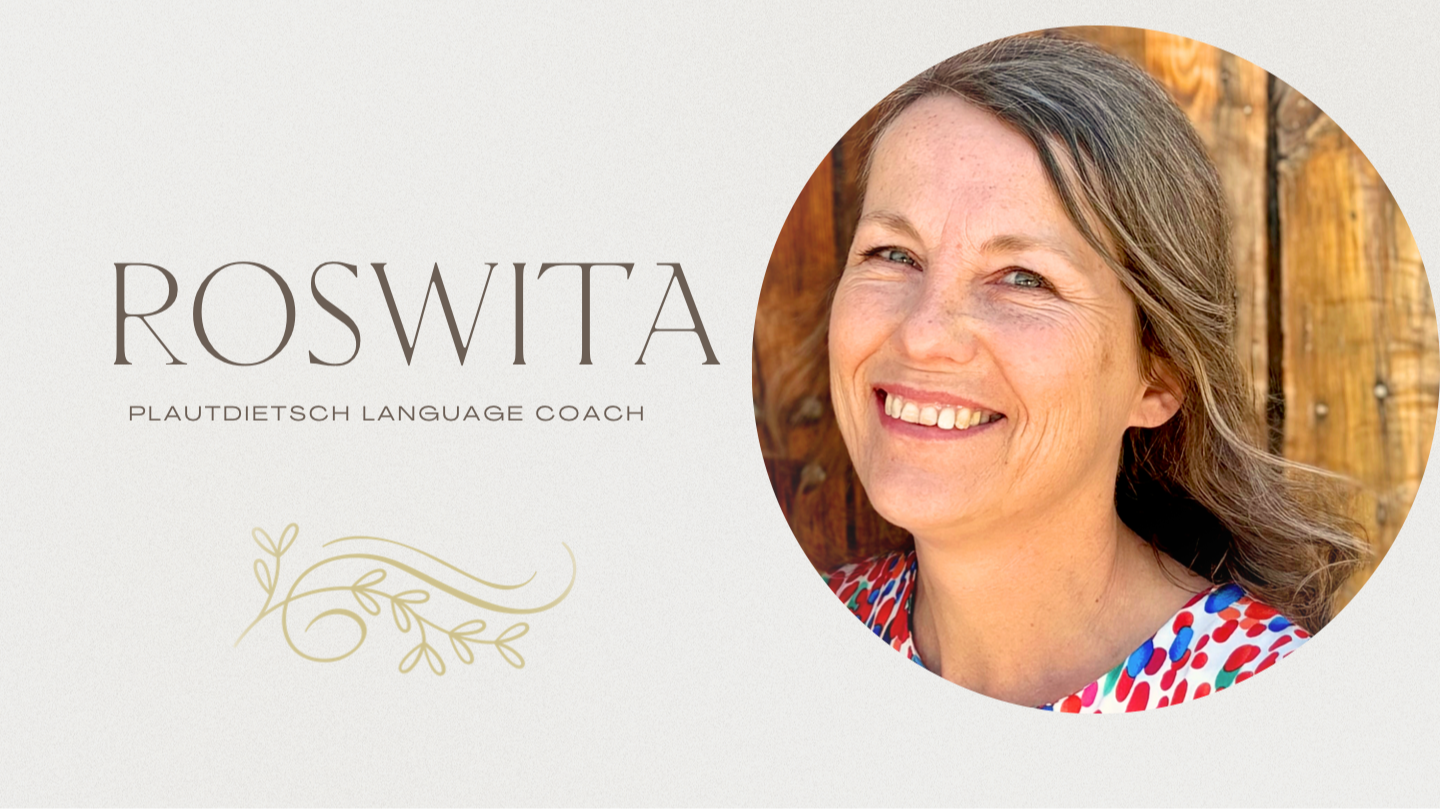ELL Strategy: Mind Mapping
Today strategy reflects a lot of how our brain works with information. One idea leads to another. We make connections. We use our experiences and background knowledge to understand what is happening in our environment.
Strategy #8 is called Mind Mapping. We help ourselves out by putting connections together on paper. A mind map usually builds off a root word or a core idea that is expanded by adding additional information. (This can also be connected to other strategies such as color coding, associating, grouping, and imagery)
What we’re working on today is a simple form of a mind map that eventually can branch out to other ideas and connections.
Gene - There are infinite possibilities for connections.
Let’s show everyone what this looks like. The words written on the mind map are in English, but eventually, those words should be erased so that only the visual and the target language would be visible. So, in our example today, we are using Plautdietsch, one of my heritage languages, as the target language.
A mind map becomes your reference page as you practice speaking Plautdietsch. It specifically matches the connections you create—your experiences, background knowledge, etc.
Gene - The central idea is about riding a motorbike. This template has the categories of who, where, what, when, and why circled. Branching off, I wrote in different details, answering the question of the category.
I drew pictures and wrote the Plautdietsch word down using the phonetic alphabet. We can talk more about it in another episode, but basically, the phonetic alphabet has sounds that are universally used in different languages worldwide.
Rose - There is no right or wrong on how to make a mind map. As you learn these words in Plautdietsch, we’ll erase the English and, eventually, the target language so that you’ll have only the picture cue to use for a recall.
I find that creating mind maps can be a helpful strategy for organizing ideas and information. By starting with a central word or idea and branching out to related concepts, we can better understand the connections between different pieces of information.
The Language Learning Guide
Get the FREE resource to boost your language learning efforts.
If you are wanting to learn a new language for a specific situation and you just can’t find the program to meet that need, I’ve created a guide with strategies and tools to create phrases that resonate with your context.
We hate SPAM. We will never sell your information, for any reason.




